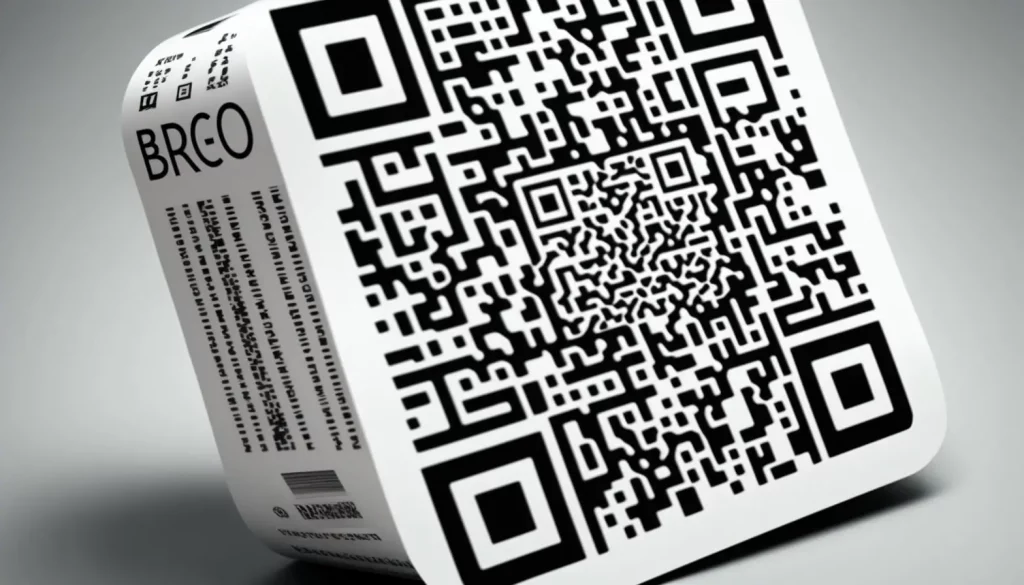Listen to the article.
QR codes, also known as Quick Response codes, are two-dimensional barcodes commonly used for storing and sharing information in a compact form.
They can be scanned using a smartphone camera, redirecting the user to a website, a piece of text, or even a video. In this article, we will go through 5 steps of creating and using QR codes for your business or personal use.
Step 1: Choose a QR code generator
The first step in creating a QR code is choosing a QR code generator. There are many free and paid options available online, each with its own set of features. Some popular choices include QR Code Generator, QR Stuff, and Kaywa.
These generators will allow you to create QR codes for URLs, text, email addresses, phone numbers, and more.
Here is a list of well-known QR code generator websites.
- QR Code Generator
- QR Stuff
- Kaywa
- Unitag
- Visualead
- QRickit
- Free QR Code Generator by Shopify
- QR Code Monkey
Step 2: Enter your information
Once you have chosen your QR code generator, you will need to enter the information you want to be encoded in the QR code. This can include a URL to your website, a phone number, or even a piece of text.
Some generators will allow you to customize the design and color of the QR code to match your brand.
Step 3: Generate the QR code
After you have entered your information, the generator will create a QR code for you. You can then download the QR code and use it in your marketing materials, such as flyers, business cards, or posters.
Step 4: Test the QR code
Before using your QR code in your marketing materials, it is important to test it to ensure it works properly. Use your smartphone camera to scan the code and make sure it redirects to the intended destination.
If there are any issues, go back to the generator and make the necessary changes.
Step 5: Use the QR code
Once you have tested and verified that your QR code is working properly, you can start using it in your marketing materials. You can place the QR code on your business cards, flyers, posters, or even on your product packaging.
When a customer scans the code, they will be redirected to the intended destination, such as your website or the product page.
Best practices for using QR codes
Here are some best practices for using QR codes:
- Provide a clear call-to-action: Make sure to tell your customers what they can expect when they scan the code. For example, “Scan this code to learn more about our products.”
- Make sure the code is scannable: Ensure that the QR code is large enough and placed in an easily accessible location.
- Test the code: Before using the code in your marketing materials, test it to ensure it is working correctly.
- Provide value: Ensure that the information the customer receives when scanning the code is valuable and relevant.
Conclusion
QR codes can be a valuable tool for businesses and individuals looking to share information in a compact and easily scannable format.
By following the steps outlined in this article, you can create and use QR codes to enhance your marketing efforts and improve customer engagement.
Just remember to choose a reliable QR code generator, test the code before use, and provide clear instructions to the customer.





